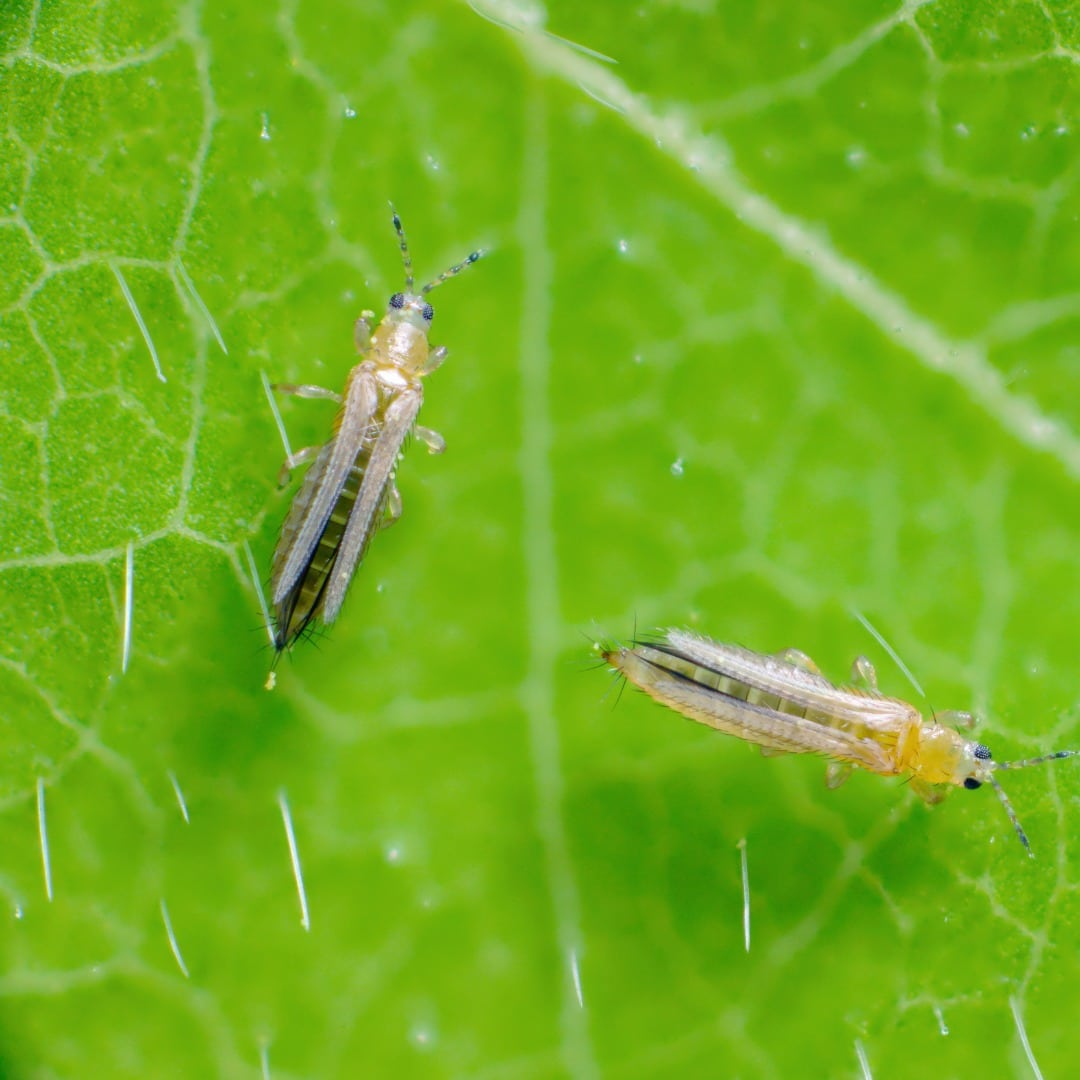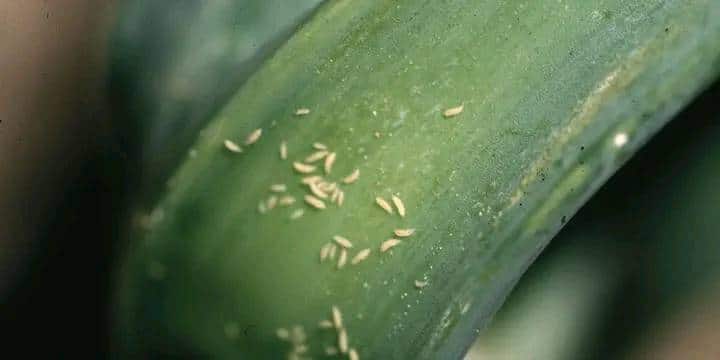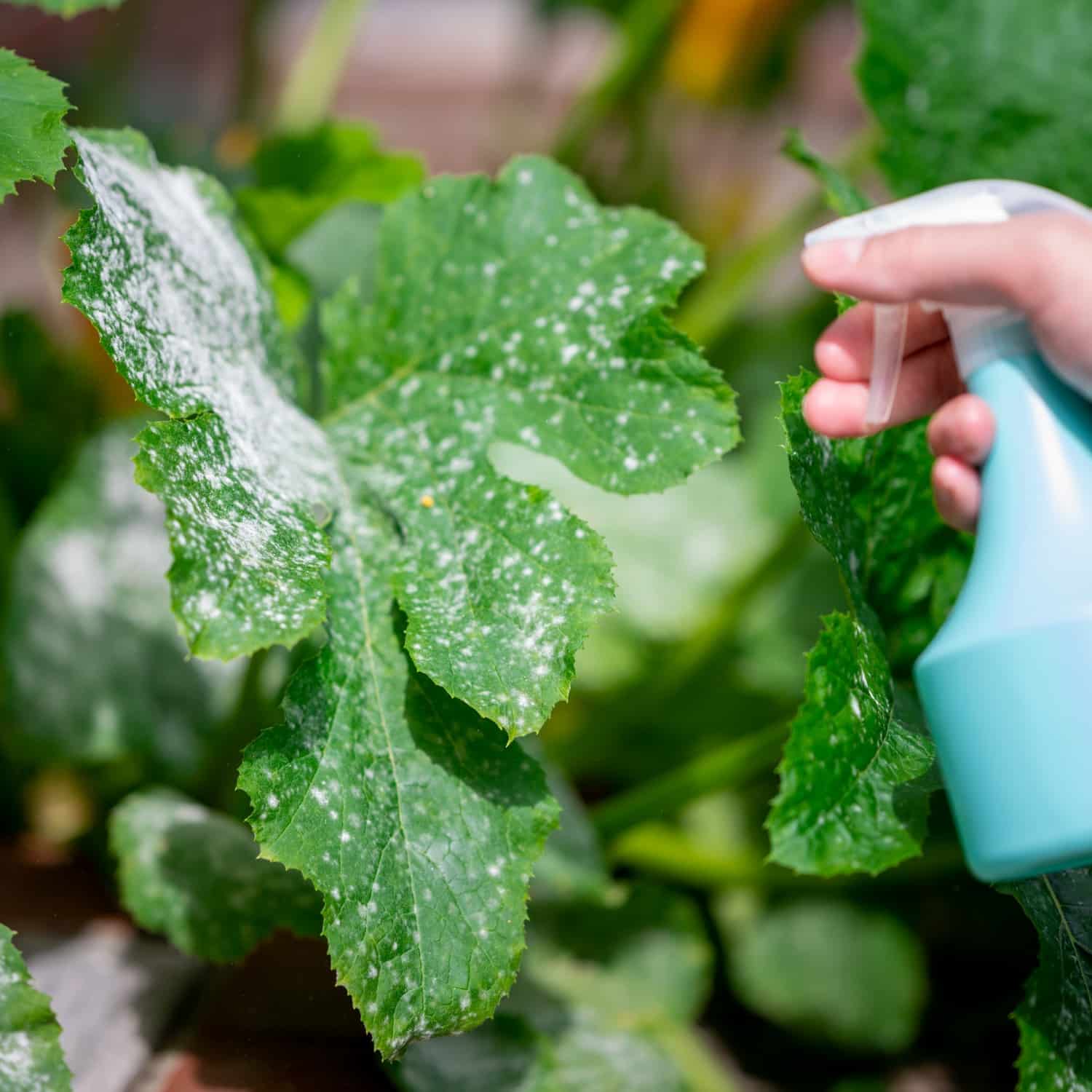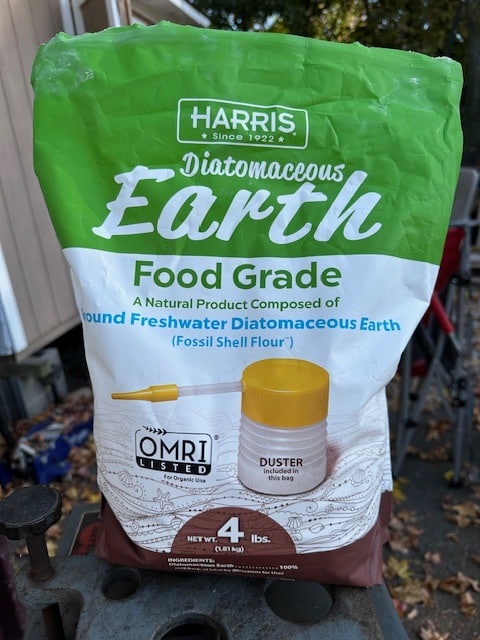Thrips, minuscule and seemingly innocuous insects yet quite troublesome. They can wreak havoc on outdoor and indoor plants.
Their voracious appetite for sap, tendency to multiply rapidly, and ability to go unnoticed for a prolonged period make them among the top insects you wouldn’t want in your garden.
Thrips leave plants with stunted growth, distorted leaves, and even diseases. Fortunately, a combination of prevention and targeted treatments effectively gets rid of them.
Whether you favor environmentally conscious interventions or stronger solutions, there’s a suitable approach.
How To Get Rid Of Thrips Naturally
So, thrips have already attacked your plants and are looking for ways to get rid of them. Below are effective methods:
1. Prune The Heavily Infested Areas
Do you suspect the presence of thrips in your houseplants or garden? Inspect your plants before taking further action. If you notice any thrips infestation signs like distorted leaves or silvering, remove every thrip-damaged stem, leaf, buds, and bloom and throw it away.
Pruning eliminates the thrips’ feeding and breeding grounds and prevents the infestation from spreading to other parts of the plant. Prune the heavily infested areas to reduce the thrips population and minimize the overall impact on the plant’s health.
When pruning to control thrips, remove only the infested plant parts and leave the healthy foliage. Unnecessary pruning can stress the plant and make it more vulnerable to further pest attacks.
2. Spray The Infested Plants With Water
A blast of water can easily dislodge thrips from your plants. For this method, you can use a garden hose with a nozzle attachment (adjust it to dispense a strong water stream) or a handheld spray bottle (set it to produce a fine mist or a direct stream).
Direct the water onto the affected plant parts, focusing on the leaves’ undersides, where thrips often hide. Thoroughly spray the foliage, stems, and buds to dislodge thrips and wash them away.
When spraying the plants, avoid excessive force because that could damage delicate plants or dislodge beneficial insects. Repeat this treatment regularly to sustain its effectiveness.
Related: Best Home Remedies To Get Rid Of Bugs On Houseplants
3. Apply Neem Oil
Neem oil contains compounds that disrupt thrips’ feeding, growth, and reproduction. Dilute neem oil with water, mixing neem oil (4 tablespoons) and dishwashing soap (2 tablespoons) into a gallon of water.
Use a garden hose or spray bottle to spray the solution evenly on all the affected plant parts, including the tops and undersides of leaves, stems, and buds. Ensure the solution covers all the plant surfaces because neem oil needs to come into contact with thrips to be effective.
4. Use Insecticidal Soap
Like neem oil, insecticidal soap is safe and effective. Insecticidal soap suffocates insects on contact and leaves minimal residue.
You can buy insecticidal soap from a garden center or nursery or prepare it yourself by mixing 1 to 4 tablespoons of liquid dish soap with a quart of water. Cover the affected plants with the insecticidal soap, but avoid excessive dripping or runoff.
5. Sprinkle Diatomaceous Earth
Kill the thrips on plants and the larvae in the ground by sprinkling diatomaceous earth on your plants and the neighboring soil. DE’s tiny particles with razor-sharp edges will cut the thrips’ outer skin and absorb their moisture, killing them.
6. Use Pyrethrin-based Insecticides
These insecticides are derived from chrysanthemum flower extracts and are widely used for controlling various pests, including thrips. Pyrethrins act on the nervous system of insects, inducing paralysis and eventually their demise.
Spray these insecticides on the thrip-infested plants twice, with a 4-day interval between the applications. Do not spray this treatment during peak pollination times to reduce the impact on beneficial insects.
7. Sticky Traps
Place yellow or blue sticky traps near the plants susceptible to thrip infestations. Position the traps horizontally or vertically, depending on your garden’s layout and the behavior of the thrips you’re targeting.
Monitor and replace them once they become covered with insects or debris since this can reduce their effectiveness in capturing more thrips.
8. Encourage Beneficial Insects
Keep the population of thrips in check by introducing these insects’ natural enemies to your home. These include predatory mites, lacewings, parasitic wasps, and ladybugs. They will eat the thrips and, in turn, help regulate their population.
Below is how to encourage beneficial insects:
- Plant various flowering plants, herbs, and grasses.
- Provide local beneficial insects with food and habitat by planting native plants.
- Keep mulch or ground cover to give beneficial insects refuge and shelter.
- Preserve natural vegetation, such as wildflower patches, hedgerows, and native grasslands, around your garden.
9. Synthetic Chemical Pesticides
There are multiple synthetic pesticides for killing thrip, but this approach is the least eco-friendly and effective. Therefore, use synthetic pesticides sparingly, as a last resort, and only apply them to affected areas rather than the entire garden or landscape.
Overapplying synthetic pesticides can hurt beneficial insects, trigger pesticide resistance, and contaminate the environment.
Prevention Measures
It’s best to keep these harmful insects out altogether. So, after making sure thrips are out, work to stop an invasion before it begins. Check out the prevention tips below.
a) Inspect New Plants
Before introducing new plants to your garden or indoor spaces, thoroughly inspect them because thrips can easily hitch a ride on new plants, pots, or soil. Signs of a thrip infestation include silvering or bronzing, distorted growth, and black specks.
Isolate new plants for some time to have ample time to monitor them for signs of thrips or other pests. If you detect thrips or infestation signs during inspection, treat them before introducing them to your garden.
Below is how to inspect new plants:
- Look for silvery streaks or patches, distorted growth, and tiny, slender insects moving quickly across the foliage.
- Gently separate the petals and examine the inner parts of flowers for thrips, eggs, or fecal matter.
- Turn the leaves over and scrutinize them for thrips, especially along the veins and leaf margins.
To minimize the chances of an infestation, buy plants from reputable nurseries or garden centers known for high-quality and pest-free inventory.
b) Companion Planting
This technique creates a balanced and resilient environment that supports the natural control of thrips while maximizing plant productivity and biodiversity. Plant aromatic herbs like basil, lavender, and mint around susceptible plants; their strong scent can mask the attractant odors that draw thrips to their host plants.
Also, consider interplanting flowers such as marigolds, chrysanthemums, and calendula for their thrip-repelling compounds. You can also grow trap crops like sunflowers or sweet alyssum near susceptible plants to deter thrips away from valuable crops.
Moreover, you can use nectar-rich plants and umbelliferous plants like dill, fennel, and cilantro to attract beneficial insects.
c) Keep Your Plants Healthy
Healthy plants are better equipped to ward off thrip infestations. Make sure your plants grow in healthy soil with good drainage, receive sufficient water and adequate lighting, and protect them from extreme temperatures.
You can boost soil structure, fertility, and microbial activity with organic matter, such as compost or aged manure. Regularly prune dead or damaged foliage and remove spent flowers to promote air circulation and reduce hiding places for pests.
Routinely inspect your garden to detect and eliminate thrips before they establish themselves. Space your plants appropriately to avoid overcrowding and promote good airflow that helps reduce humidity and discourage thrips and fungal diseases. Also, lay organic mulch around plants to retain moisture, inhibit weeds, and regulate soil temperature.
d) Keep Your Garden Clean
Maintaining a tidy, clean garden lowers the chances of thrips finding hiding spaces and breeding grounds. Therefore, regularly clear fallen leaves, branches, and other plant debris from the garden beds and pathways. Moreover, control the growth of weeds because these unwanted plants can harbor pests.
Also, clean and sanitize garden tools to keep diseases and pests from spreading between plants. Thrips can hitch a ride on dirty tools and infect healthy plants. In addition, keep your greenhouse surfaces, benches, and equipment clean and disinfected.
f) Do Not Overfertilize Your Plants
In order to ensure your plants stay healthy and resilient and make them less susceptible to thrip, avoid using too much fertilizer. For instance, over-applying nitrogen-rich fertilizers can promote excessive vegetative growth, making plants more attractive to thrips. Thrips are often drawn to tender, succulent plant tissue for feeding and egg-laying.
Overfertilization can also cause root burn and shallow root growth, reducing the plant’s ability to take up water and nutrients, thus stressing and making them more susceptible to pest infestations, including thrips.
g) Treat Bulbs Before Planting
You can reduce the odds of thrip infestation by treating bulbs before planting. Carefully inspect bulbs for discoloration, scars, or holes that could indicate thrips then brush off any loose soil and debris. After that, dust the bulbs with an insecticidal powder or DE then soak them in insecticidal soap or neem oil.
Plant bulbs deep and space them appropriately to ensure thrips and other pests do not reach them.
Final Remarks
The prevention and control measures above should help eradicate thrips from your plants and create an environment that discourages their return. However, even after successfully eliminating them, continue monitoring them regularly for any signs of re-infestation. With early detection, you can take action swiftly before thrips populations spiral out of control again.

I’m Mike Hyle, an exterminator with 7+ years of experience handling all sorts of pests, including mice, cockroaches, bed bugs, and termites. I also write for Pest Solutions DIY blog to share my knowledge and help homeowners keep their homes pest-free. Outside work, I enjoy hunting, snowshoeing, and exploring nature. Check out my blog for helpful pest control tips!




